It’s incredibly important that prescription drugs and over-the-counter medications are safe for consumers. This begins with the safety of the actual drug itself when considering the precise components and the impact on the patient, but it also extends to the label. That label has to be clear and accurate, and mistakes made on a label can qualify as dangerous defects.
For instance, labels usually give recommended doses. This is sometimes done by age. If the dose for those who are 12 and under is supposed to be half of the dose for those who are adults, but the dose is listed as the same amount, that labeling mistake could put young people at risk of overdosing. That’s a very serious concern, even for otherwise safe medication.
A prescription label should also:
- Be scientifically accurate
- Offer clear instructions
- List every single ingredient
- Put those ingredients in order, with those most common in the drug
- coming first
- Use all established ingredient names
- Provide balanced, accurate information that is never misleading
- Provide warnings about potential side-effects
Some of these rules help to regulate labels so that they are more than just marketing devices. They need to be honest, and they cannot downplay or ignore side-effects and other concerns in the name of selling more products. They also cannot make inaccurate claims about things that the drug cannot do or instruct people to take more than they actually need.
Have you suffered serious harm because of a defective drug or a defective label? If you have, you must know what legal steps to take.



